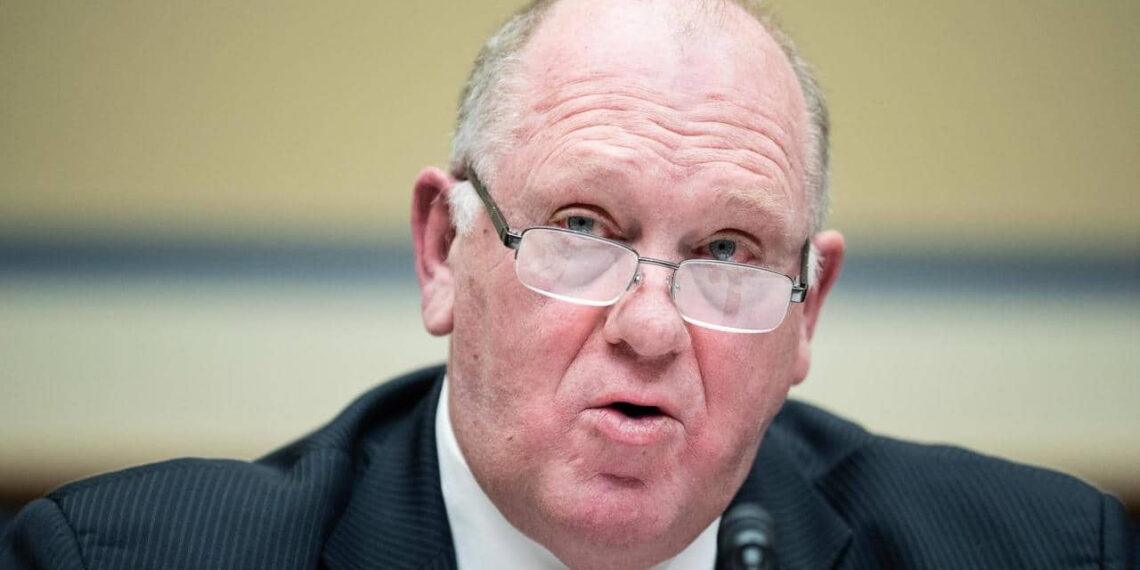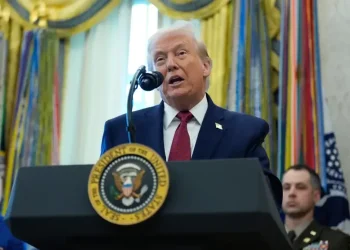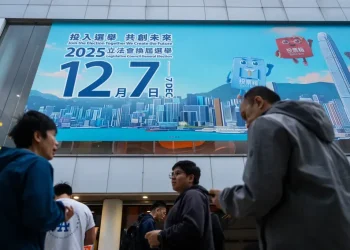Trump’s “Border Czar” Claims Mexican Cartels Killed 250,000 Americans with Fentanyl: A Fact Check
President-elect Donald Trump has made stopping fentanyl trafficking from Mexico a top priority for his administration. He has vowed to impose 25% tariffs on all imports from Mexico until the flow of “drugs, particularly fentanyl, and illegal immigrants” is halted to his satisfaction. Trump has claimed that fentanyl overdoses kill 300,000 people annually, a number he suggests could be even higher. Tom Homan, Trump’s incoming “border czar,” further fueled this claim, stating in a recent Fox News interview that Mexican cartels have “killed a quarter of a million Americans with fentanyl.”
Fentanyl, a synthetic opioid, has indeed become the leading cause of overdose deaths since 2016, wreaking havoc on communities across the U.S. and presenting a major public health crisis, according to the National Institutes of Health. Mexican cartels are the primary source of finished fentanyl in the U.S.
However, both Trump and Homan have cited inflated figures, and Trump frequently makes misleading connections between the flow of fentanyl and illegal immigration at the southern border.
Fentanyl Overdose Statistics
Data from the U.S. Centers for Disease Control and Prevention (CDC) reveals that over 334,000 people in the U.S. died from drug overdoses involving synthetic opioids like fentanyl between 2013 and 2022. In 2023, provisional CDC data recorded over 73,000 fentanyl-related deaths. While the fentanyl crisis is severe, the number of deaths attributed to fentanyl does not support the 250,000 figure claimed by Homan.
Additionally, the U.S. Sentencing Commission reports that more than 86% of individuals convicted of fentanyl trafficking in fiscal year 2023 were U.S. citizens. This highlights that a significant portion of fentanyl trafficking is carried out by American nationals, not just cross-border cartels.
The Fentanyl Crisis and Its Sources
Fentanyl is a powerful synthetic opioid, about 50 times stronger than heroin. It is often mixed with heroin and other substances or sold in counterfeit pills that mimic prescription drugs like oxycodone. While Mexican cartels are the main source of finished fentanyl, the chemicals used to produce it and the equipment required are primarily sourced from China, according to the DEA.
As of December 2023, more than 90% of fentanyl is seized at U.S. ports of entry, where people can legally cross the border. Data analyzed by the Cato Institute reveals that from 2019 to 2024, 80% of fentanyl confiscated at ports of entry was carried by U.S. citizens. This contradicts the idea that the primary source of fentanyl trafficking is through illegal crossings at the southern border.
Impact of Border Restrictions on Fentanyl Trafficking
Fentanyl overdose deaths increased by 56% in 2020 and by another 22% in 2021 when Title 42, a pandemic-era border restriction, prevented most migrants from crossing. These statistics suggest that while fentanyl trafficking is a serious issue, border policies alone may not be the solution.
Efforts to Combat Fentanyl Trafficking
Mexican President Claudia Sheinbaum has warned Trump against using tariffs to address migration and drug consumption, stating that Mexico would retaliate. Meanwhile, U.S. Customs and Border Protection (CBP) reported record fentanyl seizures in 2023 and 2024. In April 2024, CBP launched Operation Plaza Spike, a multi-agency effort to disrupt Mexican cartels and their trafficking operations.
Despite these efforts, experts agree that completely stopping fentanyl trafficking across the border is unlikely. Dr. Jonathan Caulkins, a professor at Carnegie Mellon University, explains that fentanyl’s potency means even small quantities can be sold for large sums, making it difficult to eradicate. He also notes that traffickers can quickly replace any seized drugs, making total interdiction virtually impossible.
Conclusion
While the fentanyl crisis is a real and growing problem, claims that Mexican cartels are solely responsible for 250,000 deaths or that border policies alone can solve the issue are exaggerated. Experts agree that while disrupting trafficking operations is important, a comprehensive approach that targets the most violent and corrupt organizations is necessary to reduce harm.
This article was rewritten by JournosNews.com based on verified reporting from trusted sources. The content has been independently reviewed, fact-checked, and edited for accuracy, neutrality, tone, and global readability in accordance with Google News and AdSense standards.
All opinions, quotes, or statements from contributors, experts, or sourced organizations do not necessarily reflect the views of JournosNews.com. JournosNews.com maintains full editorial independence from any external funders, sponsors, or organizations.
Stay informed with JournosNews.com — your trusted source for verified global reporting and in-depth analysis. Follow us on Google News, BlueSky, and X for real-time updates.














